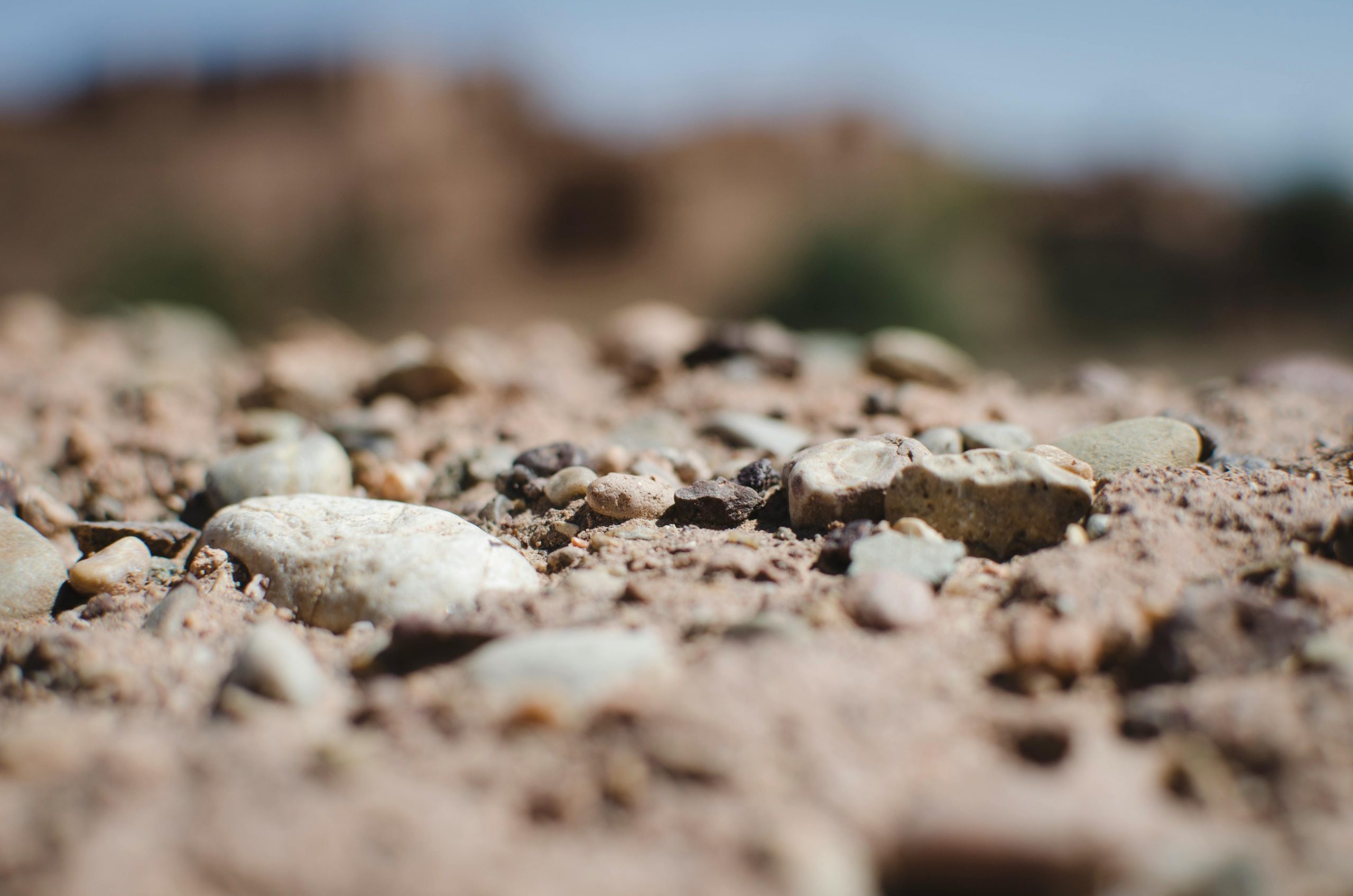- Soil erosion poses a significant risk to property integrity and the conservation of natural resources.
- Sustainable land management and conservation efforts are crucial in mitigating the impact of soil erosion.
- Strategies such as planting vegetation and improving drainage are effective in preserving land quality.
- Collective action towards sustainability can significantly combat soil erosion, ensuring future generations inherit a resilient environment.
Soil erosion is a common issue that can have significant impacts on your property. Whether you own a large farm or a small backyard garden, understanding how soil erosion affects your land is crucial for maintaining its health and productivity. This blog will discuss key things you need to know about soil erosion and how it can impact your property.
Causes of Soil Erosion
Soil erosion occurs when the top layer of soil is washed or blown away, leaving the underlying soil exposed and vulnerable. There are several factors that can contribute to soil erosion, including the following four:
Heavy Rainfall

Heavy rainfall is a significant cause of soil erosion. When rain falls at a high intensity, it can quickly wash away the topsoil, especially in areas where the land is sloped or not adequately protected.
Wind
Strong winds can also contribute to soil erosion, particularly in dry and arid regions where there is little vegetation to hold the soil in place. As the wind blows over the land, it can easily pick up loose soil particles and carry them away.
Lack of Vegetation
Vegetation plays a crucial role in preventing soil erosion. The roots of plants help to hold the soil in place, making it less vulnerable to erosion caused by rainfall or wind. When there is a lack of vegetation, the soil becomes more susceptible to being washed or blown away.
Overgrazing
Overgrazing is a common issue in areas where livestock are kept. When animals graze on the land, they remove vegetation and trample on the soil, making it more susceptible to erosion. This can lead to the loss of topsoil and decreased productivity of the land.
These factors can disrupt the natural balance of soil and vegetation, making it easier for erosion to occur. Make sure to take note of these causes and take steps to prevent them in order to protect your property from soil erosion.
Effects on Soil Health
Soil erosion can have detrimental effects on the health of your soil. When the topsoil is eroded, it removes essential nutrients and organic matter that are necessary for plant growth. This can lead to decreased fertility, reduced water retention capacity, and increased susceptibility to droughts. Over time, repeated instances of soil erosion can cause irreversible damage to the land and make it difficult to grow crops or maintain a healthy landscape.
Impact on Property Value
In addition to affecting soil health, soil erosion can also impact the value of your property. Eroded landscapes are often less attractive and may be perceived as less valuable by potential buyers or renters. Additionally, if left unchecked, soil erosion can lead to structural damage to buildings and infrastructure on your property. For example, soil erosion can make your property’s concrete surfaces crack and collapse.
If this happens, consider contacting slab-jacking professionals. They can help repair your damaged surfaces and prevent further damage to your property. Slab jacking is a process that involves injecting a substance under the damaged concrete to lift and level it, providing a cost-effective solution for repairing erosion-induced damage. It is essential to address erosion issues promptly to prevent further damage and preserve the value of your land.
Prevention and Mitigation Strategies
Fortunately, there are several strategies you can implement to prevent or mitigate soil erosion on your property. Planting cover crops, creating buffer zones along waterways, installing retaining walls or terraces, practicing sustainable agriculture techniques, and implementing proper drainage systems are just a few examples of ways to combat soil erosion. By taking proactive measures to protect your land from erosion, you can ensure its long-term health and productivity.
Importance of Conservation
Ultimately, understanding how soil erosion affects your property underscores the importance of conservation efforts in preserving our natural resources. By promoting sustainable land management practices and prioritizing conservation initiatives, we can help safeguard our soils for future generations. By working together to protect our land from erosion, we can create healthier environments for ourselves and our communities.

Soil erosion is a real challenge to maintaining property integrity and conserving natural resources. Understanding erosion’s causes and effects allows property owners to better mitigate its impact. Strategies like slab jacking, planting vegetation, and improving drainage can significantly prevent erosion and preserve land quality.
Moreover, adopting sustainable land management practices benefits not just individual properties but also broader environmental conservation. Protecting our soil goes beyond our immediate surroundings—it ensures the land’s health and productivity for future generations. Through collective awareness and action, we can fight soil erosion and move towards a more sustainable and resilient environment.
